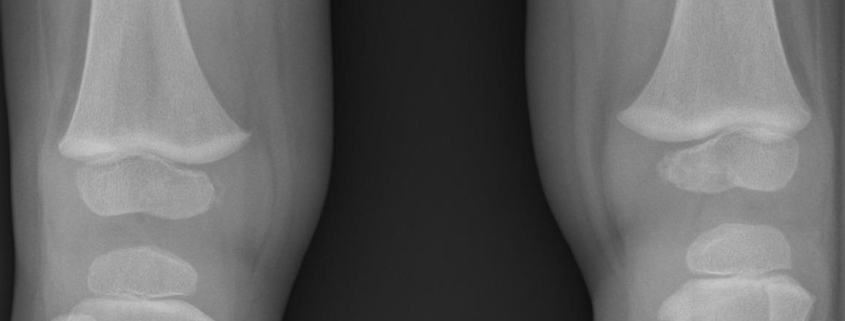
Blount’s Disease
Overview of Blount’s Disease
Blount’s disease is a rare growth disorder that affects the bones of the lower leg, causing them to bow outward. Most commonly seen in children and adolescents, Blount’s disease can interfere with normal bone development and lead to physical impairment if left untreated.
Types of Blount’s Disease
There are two types of Blount’s disease: early-onset (infantile) and late-onset (adolescent). In early-onset Blount’s disease, symptoms typically appear before the age of 4. In contrast, late-onset Blount’s disease typically develops in adolescents who are overweight or grow rapidly during puberty.
Causes of Blount’s Disease
While the exact cause of Blount’s disease is unknown, there are several risk factors. It appears to run in families, suggesting a genetic component. Additionally, it is more common in children who began walking at an early age, those who are overweight, and in African American children.
Symptoms of Blount’s Disease
The most noticeable symptom of Blount’s disease is bowing of the leg below the knee. However, other signs include:
-
- Difficulty walking or a slight limp
-
- Sudden height decrease compared to peers
-
- Pain or discomfort in the legs
-
- Tight calf muscles
Diagnosis of Blount’s Disease
Blount’s disease is typically diagnosed through a combination of physical examinations, medical history, and imaging tests, such as x-rays or MRI. Your doctor will look for signs of leg bowing and may measure the angle of the bowing to confirm the diagnosis.
Treatment Options for Blount’s Disease
Treatment for Blount’s disease aims to correct the bone deformity and prevent further complications. This can be achieved through:
-
- Bracing: Braces may be used to guide bone growth in mild cases or in young children.
-
- Surgery: In more severe cases, surgery may be required to realign the bones or to install an external fixator device to correct the bone growth.
-
- Physical therapy: This can help improve muscle strength and flexibility.
Living With Blount’s Disease
Though Blount’s Disease may pose challenges, a proper management plan can lead to a fulfilling and active lifestyle.
-
- Maintain a healthy weight to reduce pressure on the legs
-
- Opt for low-impact exercise to promote bone health without added stress
-
- Consistently wear prescribed braces and follow physical therapy programs
-
- Attend regular medical check-ups to monitor the condition
When to Seek Help
Seek medical attention if your child starts showing the symptoms of Blount’s disease. Early intervention can significantly improve the outcome and prevent serious complications such as joint problems and physical disabilities.
In terms of emergency symptoms, persistent pain in the affected leg, sudden inability to walk, or extreme bowing of the legs should be addressed immediately.
